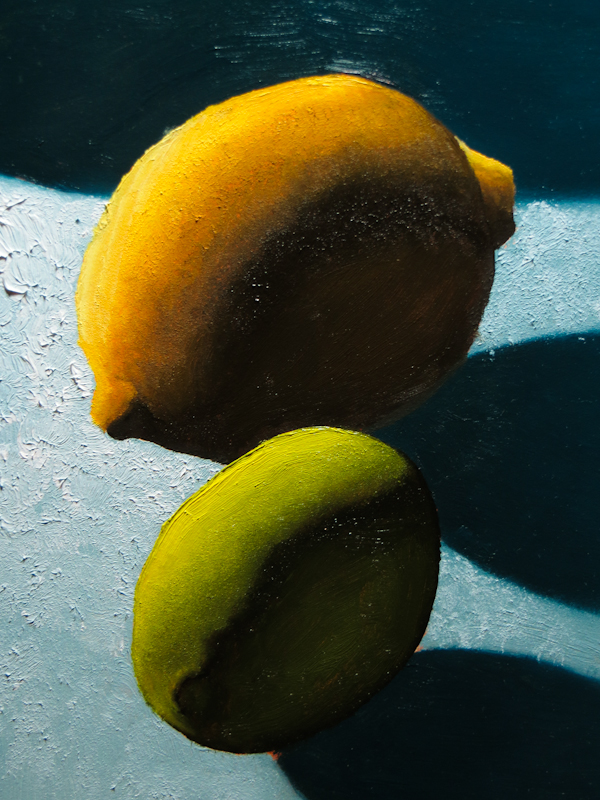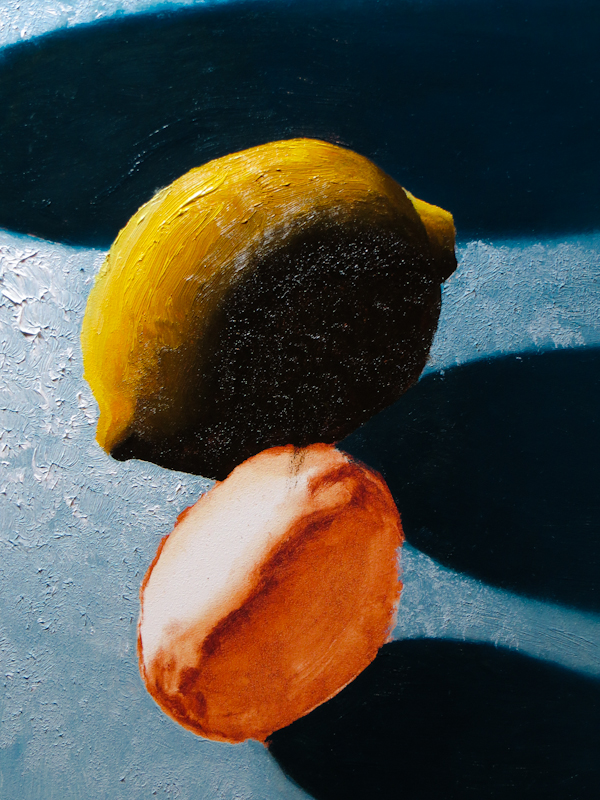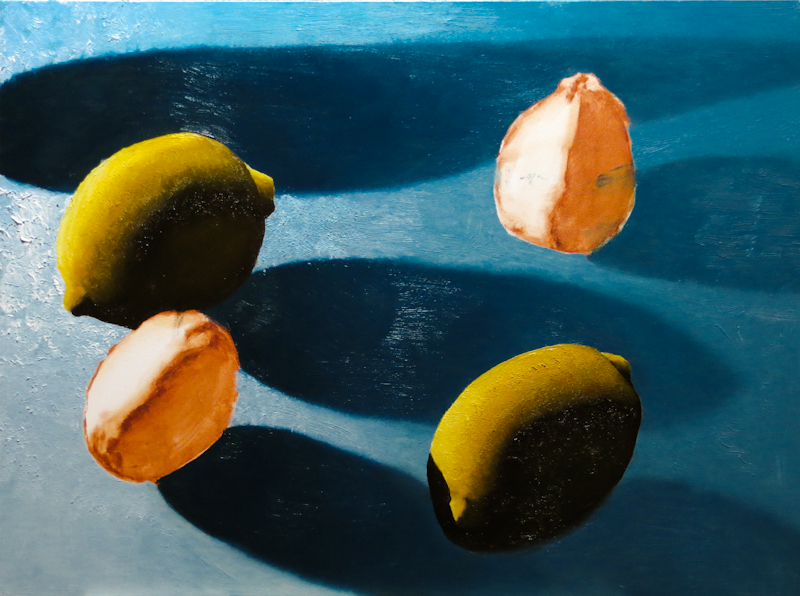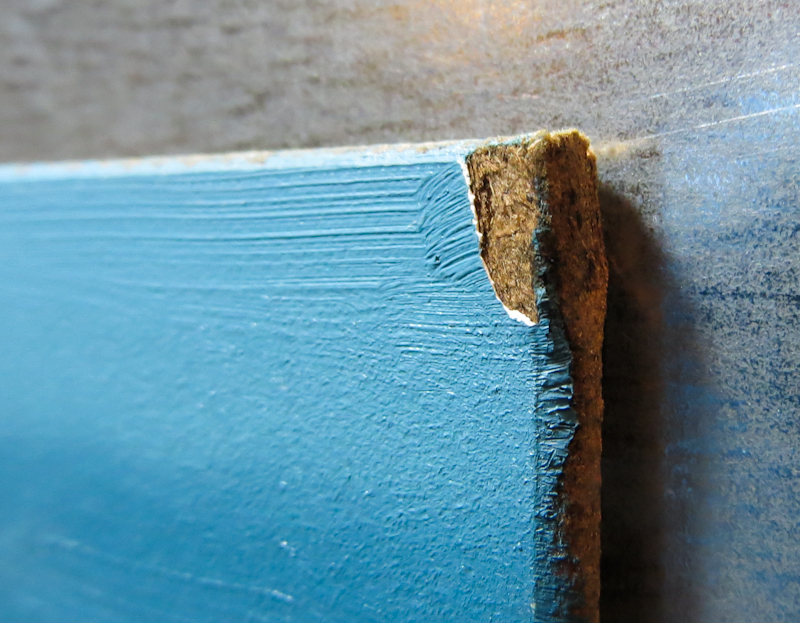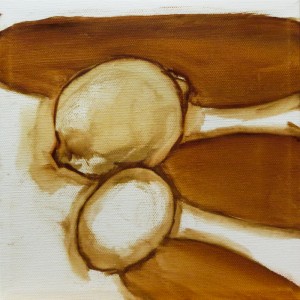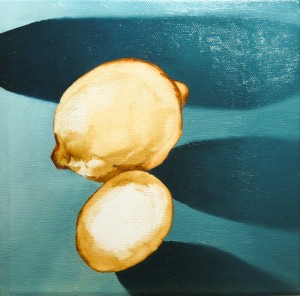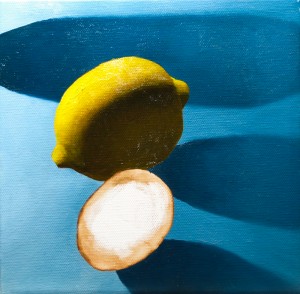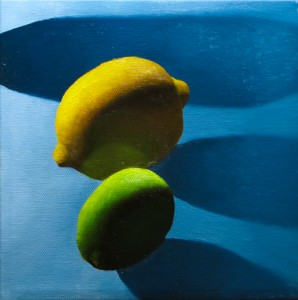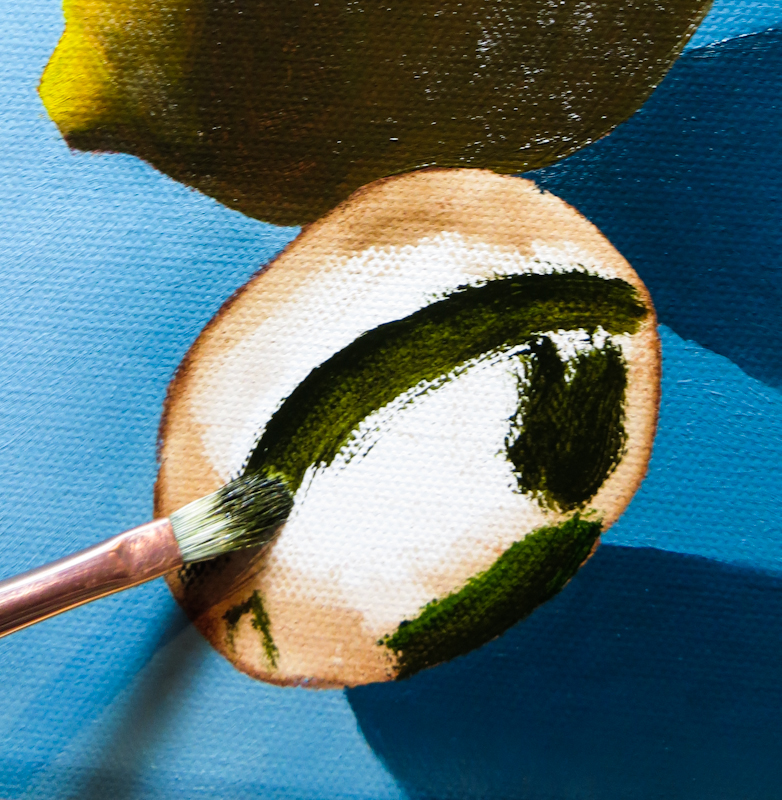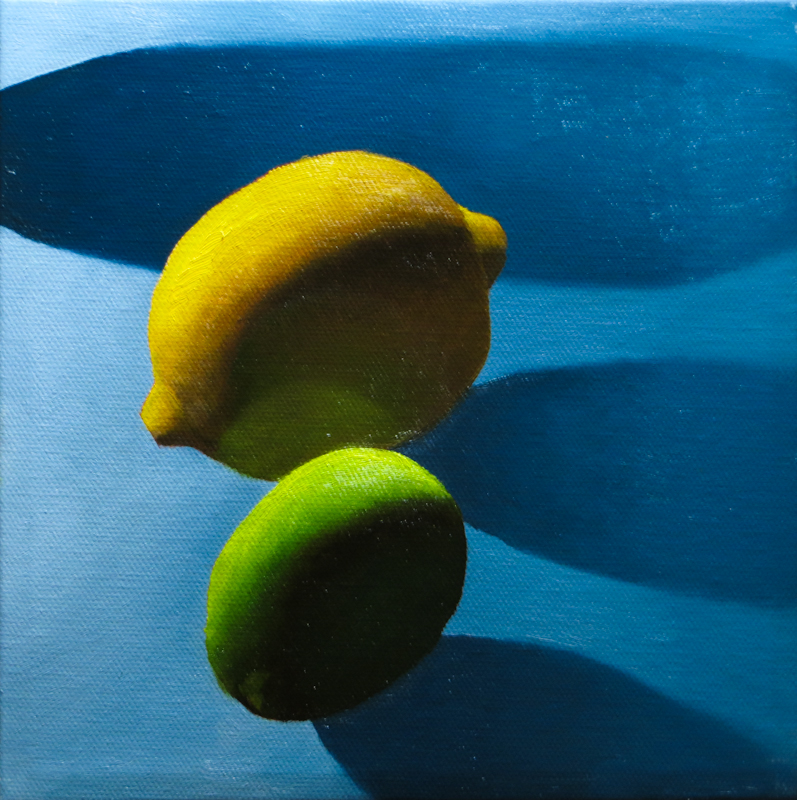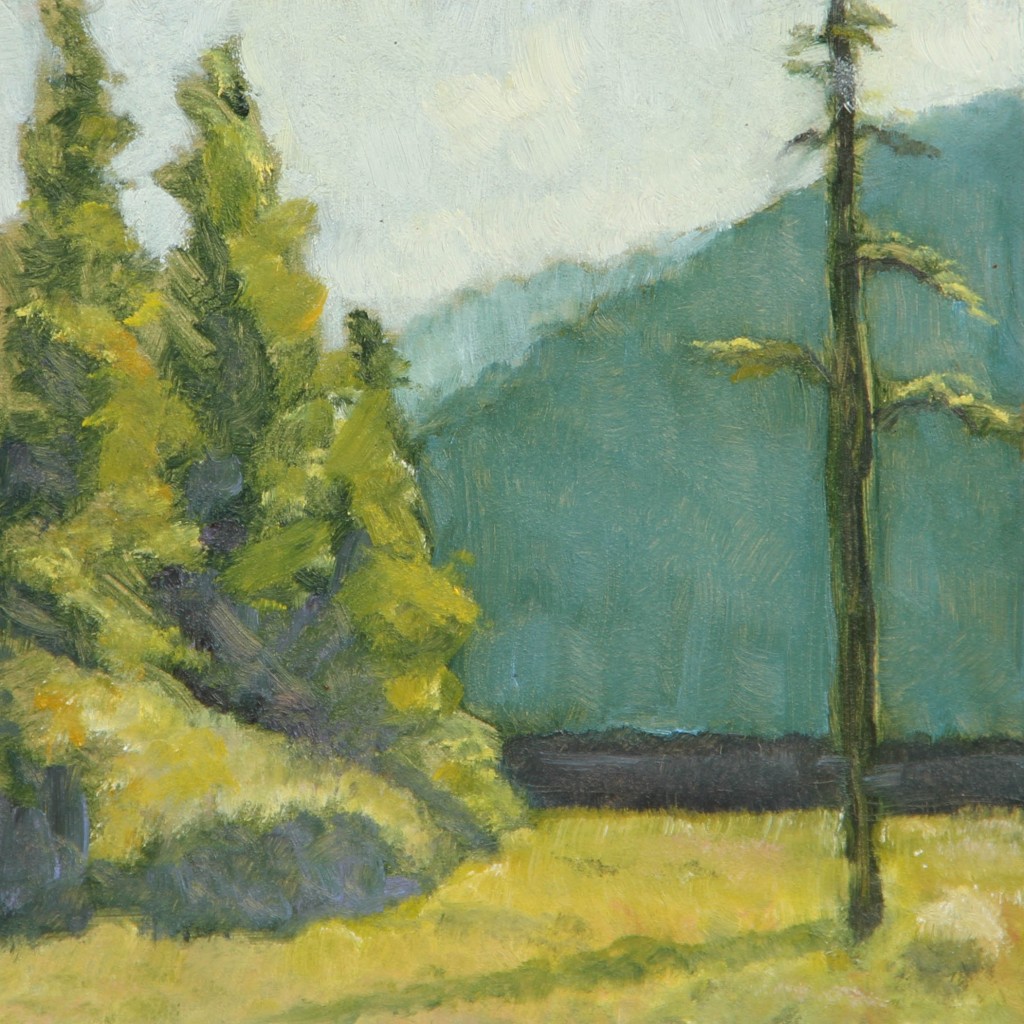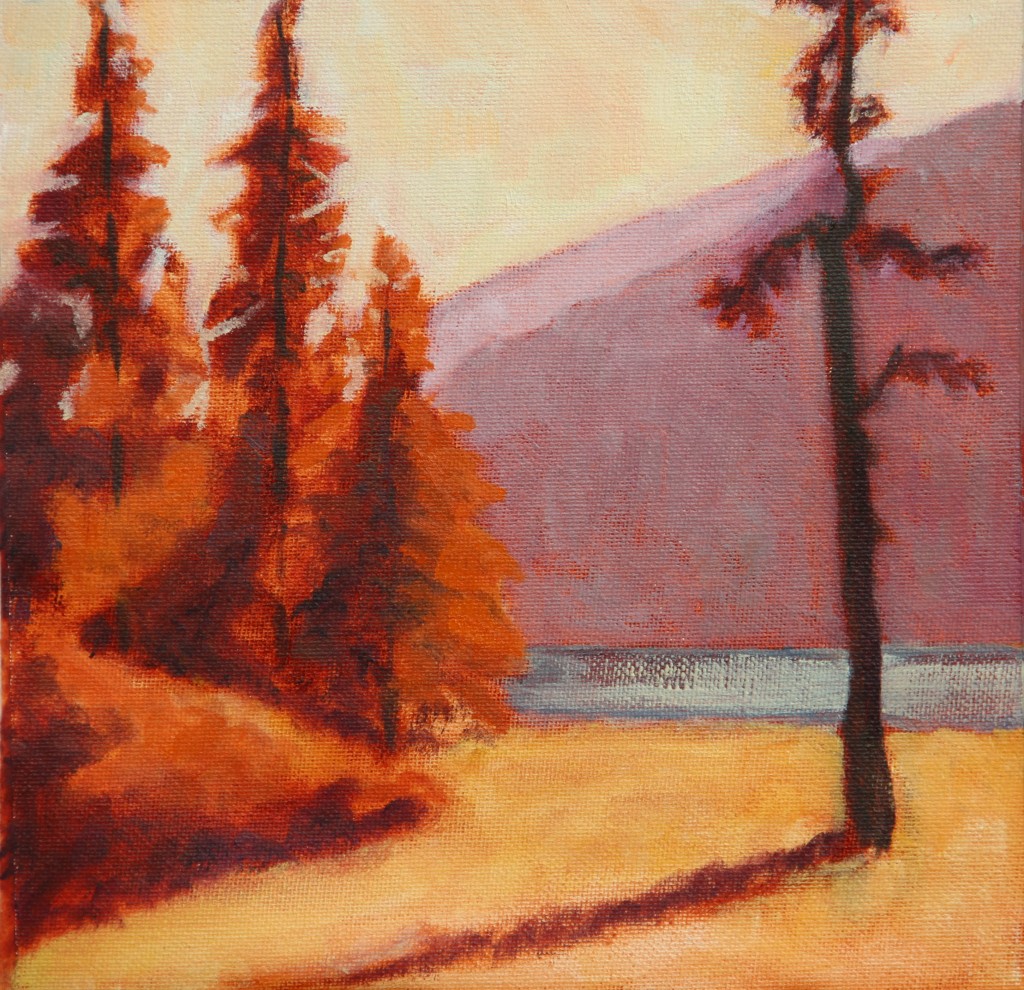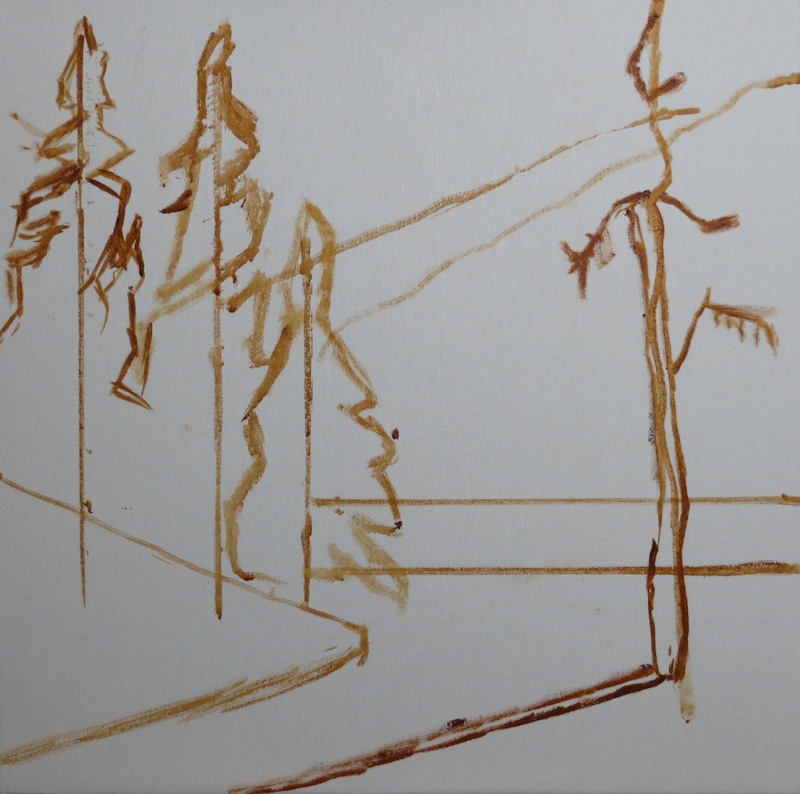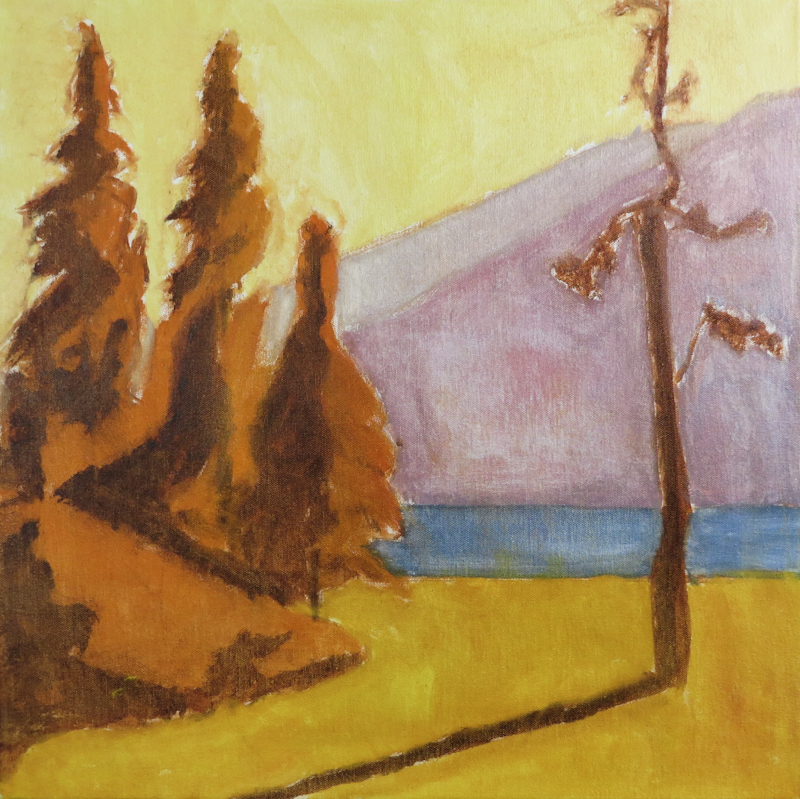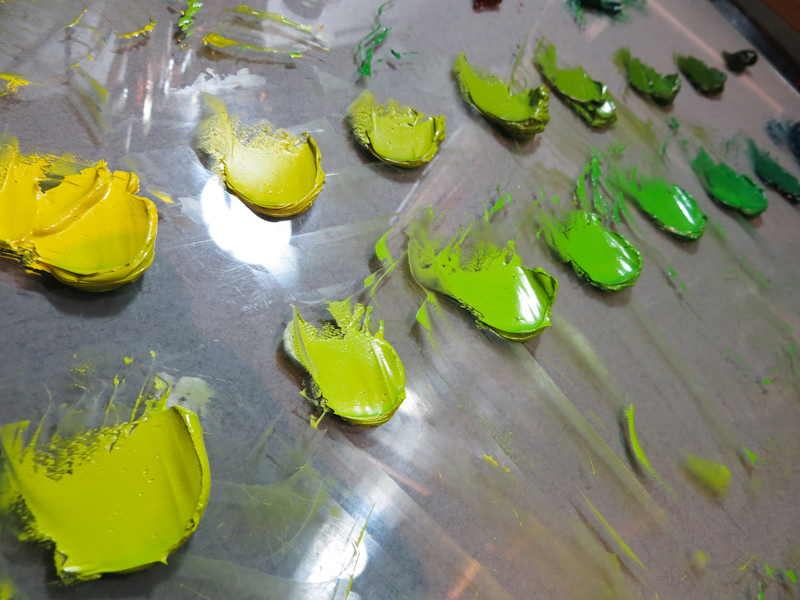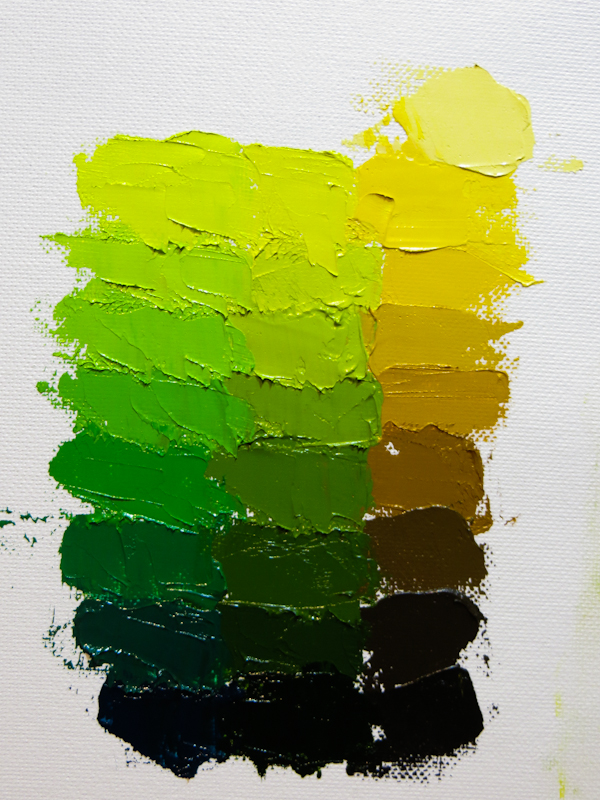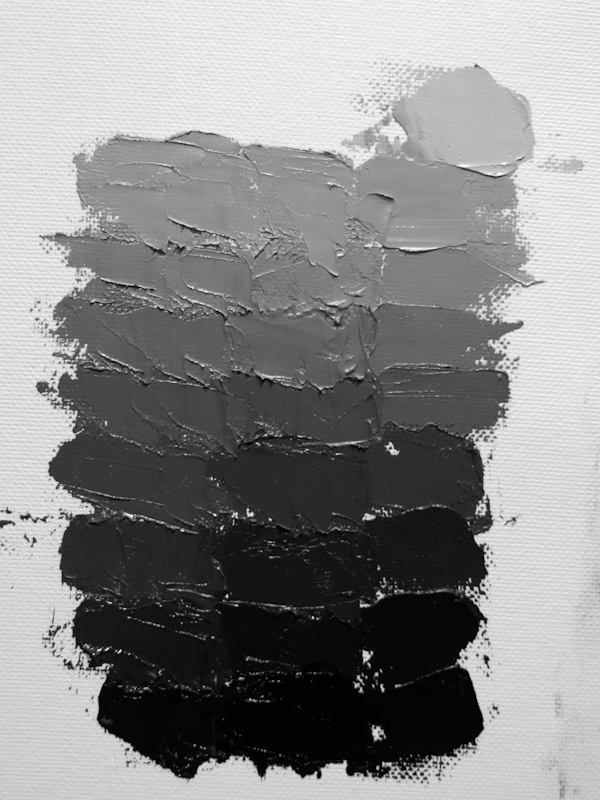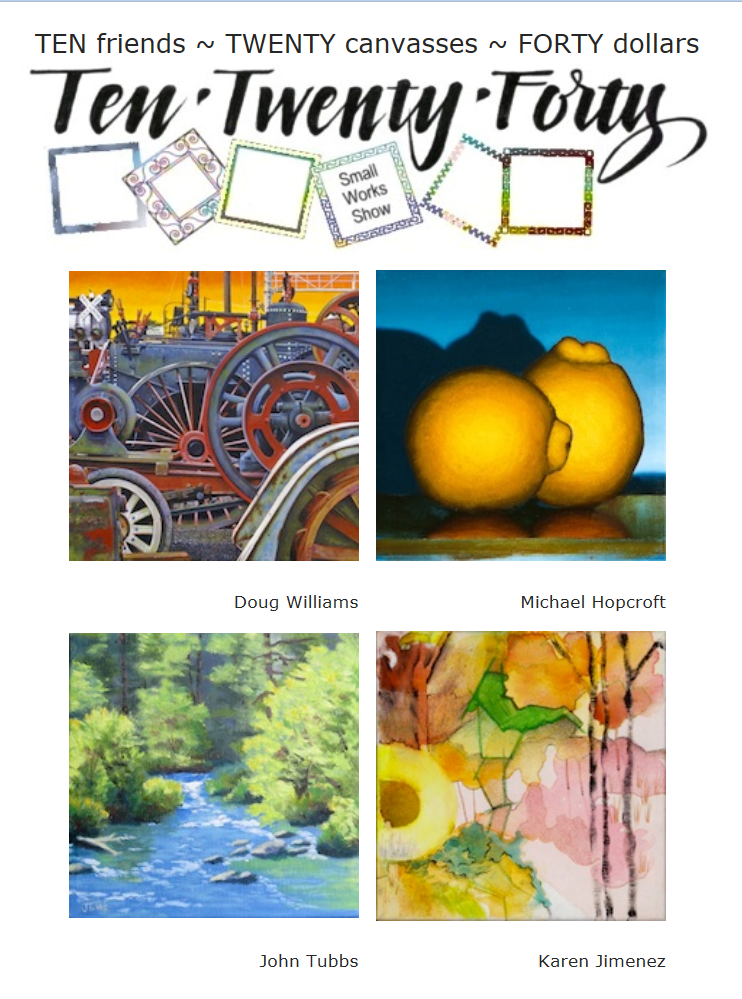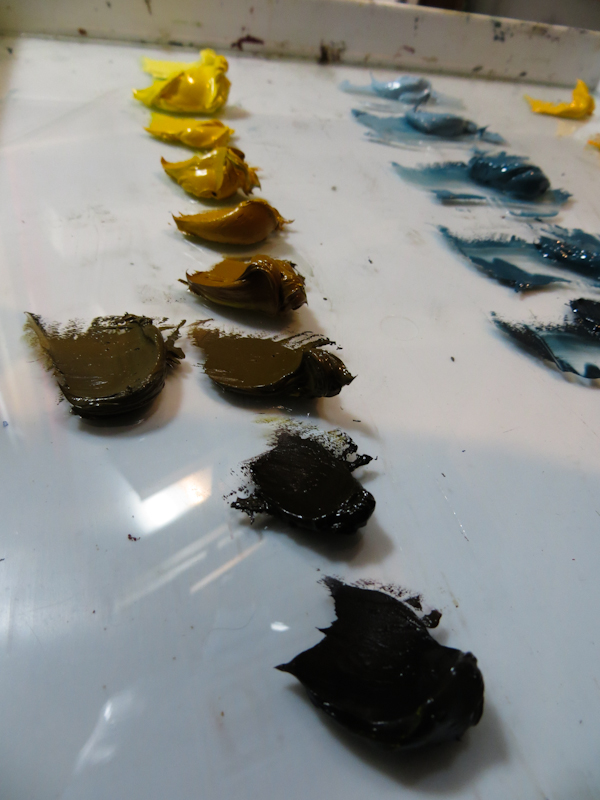Tonight I worked on limes. I used a string that was a little less green this time, desaturating the Sap Green with Cadmium Orange in the lighter values and Burnt Sienna and Burnt Umber in the darker values.
I’ve really been struggling with the fruit in this particular painting and I think the problem is the smooth Ampersand panel. The paint will stick when I first apply it, but if I ever touch the wet paint, it moves around and shows the Burnt Sienna of the underpainting. I didn’t have this problem with the last Lemon Lime painting which was on canvas.
The lime on the left took about two hours. After a coffee break, I painted the one on the right in 15 minutes. It’s not that I got faster – I got wiser and decided to stop while I was ahead and wait for the painting to dry before continuing.
I think I will need to put another layer of paint on all four pieces of fruit before I declare the painting finished. I also need to figure out how to make the fruit really sit on the table. My best idea at this point is to darken the shadows under the fruit.

